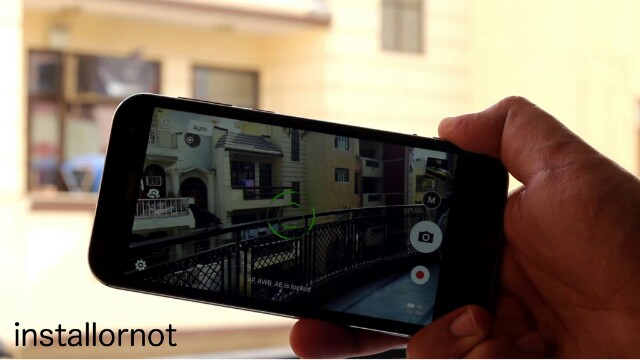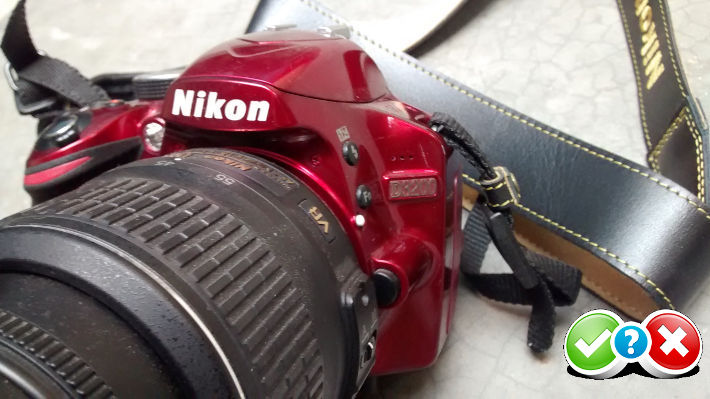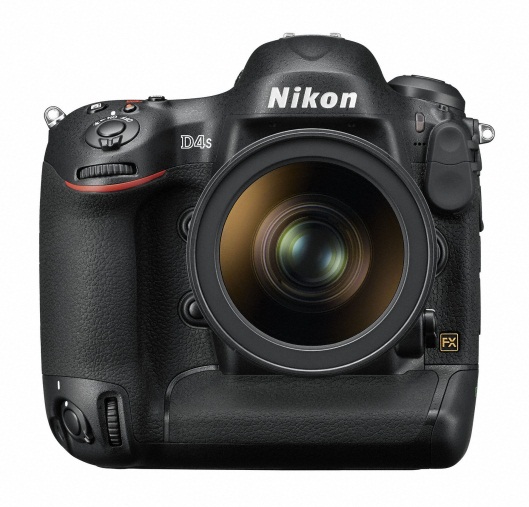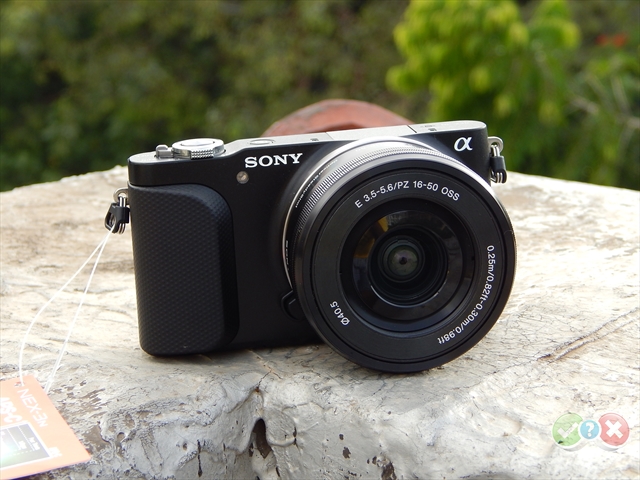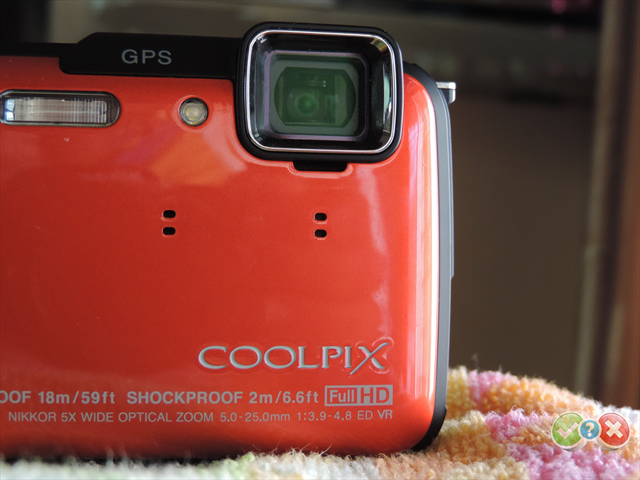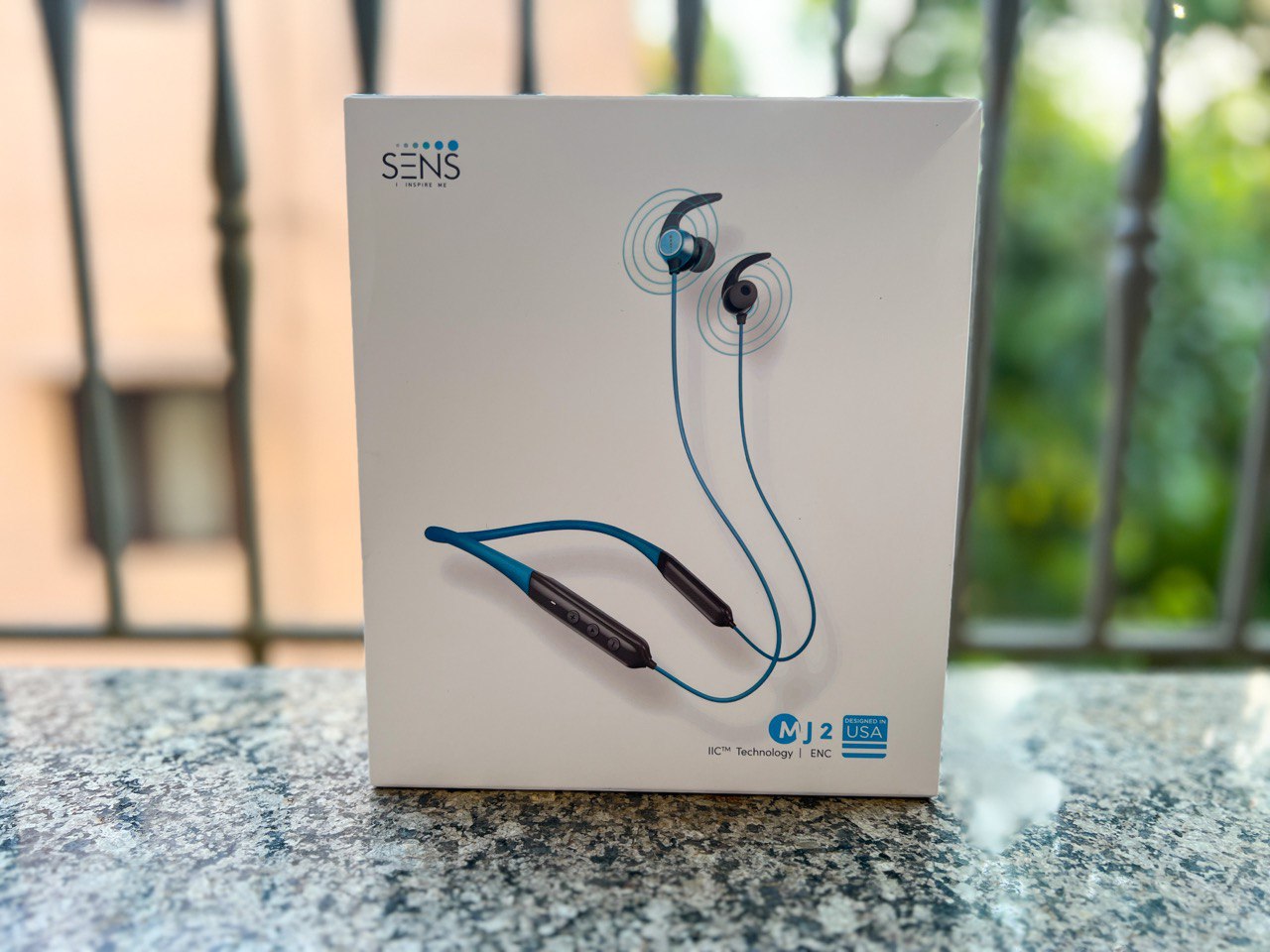

Image Sensor: 16.1 million effective pixels.
Metering: Multiple, centre-weighted and spot.
Effective Sensor Size: Four thirds 17.3×13.0mm CMOS.
Lens Zoom Factor: 10x.
Compatible lenses: Micro Four Thirds.
Exposure Modes: Auto, Program AE, shutter and aperture priority, manual.
Shutter Speed: 60 to 1/4000 second; flash sync 1/160 sec.
Burst Speed: 7 fps
Memory: SD/SDHC/SDXC cards.
Image Sizes (pixels): 4608×3456 to 1712×1712. Movies: 1920×1080, 1280x720p, 640×480.
Viewfinders: Turret finder: 1,440,000 pixels. 7.6cm LCD screen (1,040,000 pixels).
File Formats: JPEG, RAW, JPEG+RAW, AVCHD/MPEG4, MPO (3D).
Colour Space: Adobe RGB, sRGB.
ISO Sensitivity: Auto, 160 to 12800 (25,600 with boost).
Interface: USB 2.0, AV, HDMI mini, WiFi, DC input.
Power: Rechargeable lithium ion battery, AC adaptor.
Dimensions: 122x85x71 WHDmm.
Weight: Approx. 390 (inc battery).
In terms of core photographic features, the G6 offers a solid set of specifications, including the same sensor as the once range-topping GH2, albeit without that model’s multi-aspect feature. Maximum effective resolution is 16MP effective, from 18MP (total pixels). Panasonic claims that the G6 offers superior image processing though, including improved noise reduction enabling it to achieve a maximum native ISO sensitivity of 12,800, extendable up to ISO 25,600.
Viewfiender / LCD :
There are 2 ways to compose the image on the Lumix G6 : Like its predecessors, the G6 has a built-in electronic viewfinder, an OLED unit no less, boasting 1.44 million dots (800 x 600 resolution).
Of course, there’s more than one way to compose your image, and the G6’s fully-articulated rear display offers 1.04 million dot resolution. This is essentially a slightly wider, 3:2 aspect ratio screen, rather than the G5’s 4:3 panel. As we’d expect from recent Panasonic G-series cameras it’s also touch-sensitive though it now uses a capacative system that offers multi-touch control and should be more responsive than the pressure-sensitive example that came before it.
NFC – WiFi Connection :
High end for Panasonic means not only Performance on-demand but the luxury of sitting back and using your phone as a remote viewfinder to snap photos and also copy them wirelessly to a media centre.
Connecting the G6 to a an NFC-equipped smartphone is as simple as starting the Panasonic Image App, pressing the Wi-Fi button on the camera and tapping the two devices together. NFC works over such short distances it may take a couple of attempts to locate the antenna on your smart device, but once located, it’s all pretty simple.
The Panasonic Image App gives a pretty good level of control over the camera – allowing the user to position the camera’s focus point, control a power zoom lens and the ability to control exposure (though this didn’t appear to be available when we tried the currently-available version of the app). Once a shot is taken, it can be uploaded across to your smartphone – either at full or reduced resolution.
Handling:
It sure feels like a DSLR! And it is a comfy feel in the hand, mostly thanks to the pronounced speed grip and overall good balance. Top deck controls: there’s a hot shoe on top centre to accept an auxiliary flash (in addition to the lower powered internal flash beneath the hot shoe).
Function button customization :
| Options that can be applied to the Fn buttons: | |
|---|---|
| • Wi-Fi • Q.Menu • AF/AE Lock • LVF/Monitor Switch • One Push AE • Touch AE • DoF Preview • Level Gauge • Focus Area Set • PhotoStyle • Aspect Ratio • Picture Size • Quality • Metering Mode • Focus Mode • i.Dynamic • i.Resolution • HDR • Electronic Shutter |
• Flash Mode • Flash Adjust • Ex Tele Conv. • Digital Zoom • Stabilizer • Motion Pic Set • Picture Mode • TBC • Histogram • Guide Line • REC Area • Sensitivity • Function Lever • Step Zoom • Zoom Speed • ISO Sensitivity • White Balance • AF Mode • Drive Mode |
Design and Operation :
From the front, the only real difference between the G6 and its predecessor are the higher shoulders of the new model, but meaningful changes have been made on the rear, and the G6 now boasts five customizable ‘Fn’ buttons, bringing it into line with the higher-end GH3.
The G6’s touch-sensitive rear screen dominates the back of the camera.The screen responds very positively to touch, and setting things like focus point in live view mode and navigating menus are quick and easy using a fingertip. Flipping through images is smooth and certain operations still feel more natural when initiated by a hard button press.
A built-in flash pops up out of the EVF hump, and a standard hotshoe sits at its center, alongside apertures for the camera’s stereo microphones.
Modes :
Farther right is the mode dial with positions for PASM, creative video, two custom modes, panorama, a scene guide and a creative control mode. The scene guide offers 23 sample pictures shot by pro photographers which you can use as a helper in making your own shots …like silky skin, glistening water etc. The creative control mode has 19 filters (old days, sunshine, retro, etc. The effect parameter of each mode is adjustable.
If you want to shoot in auto mode you move your finger farther right and tap a tiny red button marked ‘iA’. The power lever is set into the side of the mode dial. Close by is the familiar video record button , if you haven’t used a Lumix earlier this could take a while to operate without going eyes-on.
Video Mode
Video has been upgraded since the G5, with options of AVCHD/MP4 compression, 50/24p at Full HD (1080p). The best part about video is that you can use Autofocus and tracking while the video is recording. While this may seem unimportant, it is not, as many DSLR’s do not allow autofocus while video is recording. The G6 also has a thoughtful option to attach an external mic close to the hotshoe in front of the camera; an important consideration for those who are serious about shooting videos.
Final Verdict :
Would we recommend this camera? There is very less to stop us from saying a YES. So it hasn’t got a mirror or a pentaprism – which makes it lighter, quieter, and able to achieve a very high burst rate. The eye-level viewfinder is remarkably good, even though it isnt optical.
The Power of the touchscreen extending to touch to manual focus is a sheer luxury never seen with a performance camera before.The Quick menu and customisation of functions provide easy operation for regularly-used functions.
Also, it is an interchangeable lens camera, which takes a wide range of lenses from the Micro-Four-thirds marketplace. Plus you can buy adapters to fit your old Pentax lenses .









